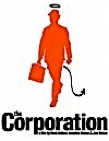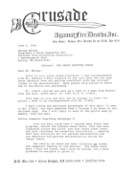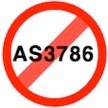New Zealand Fire Service -- ‘Saving Face or Saving Lives?’
May, 2006
Mr David Isaac is a Standards Australia committee member. His report addresses the NZFS’s claim:
"Smoke alarms do save lives. All of them give people sufficient warning time to get everyone out.”
Mr Isaac explains, with documentary evidence, why this claim:
























![Senator John Kerry’s Consumer Product Safety Commission Letter
June, 2006
“This should be a no-brainer. If [ionization] smoke detectors are proven to be ineffective,
why are they still being used?”
More > > >](evidence3_files/shapeimage_17.png)


























